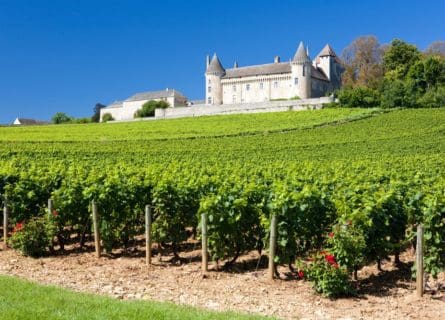
Guide to French Red Wines By Region
April 18, 2022
Explore the exquisite french red wine regions and discover how they maintain their charm amidst global changes in the wine industry.
By: Barnaby Eales / Last updated: April 7, 2025
France has shaped the culture and language of wine production. Whether through its appellation system, famous grape varieties, methods, research, or the notion of terroir, France today remains the key point of reference for the global wine industry. The world’s attention may have spread to other wine regions, but none generate the same value in exports as French wine from Burgundy, Bordeaux, and Champagne.

The culture of wine is deeply intertwined with French identity, but its development owes much to influence and interest from elsewhere. While the Greeks first brought wine to France more than 2,000 years ago, it was the Romans who used oak barrels for its transportation.
The Romans were inspired by the Gauls, who were the first to make barrels from oak trees and use them for ‘cervoise’ (a drink similar to beer) and mead. Oak barrels were used to transport wine throughout the Roman Empire. Winemakers and merchants continued using oak barrels during the Middle Ages.
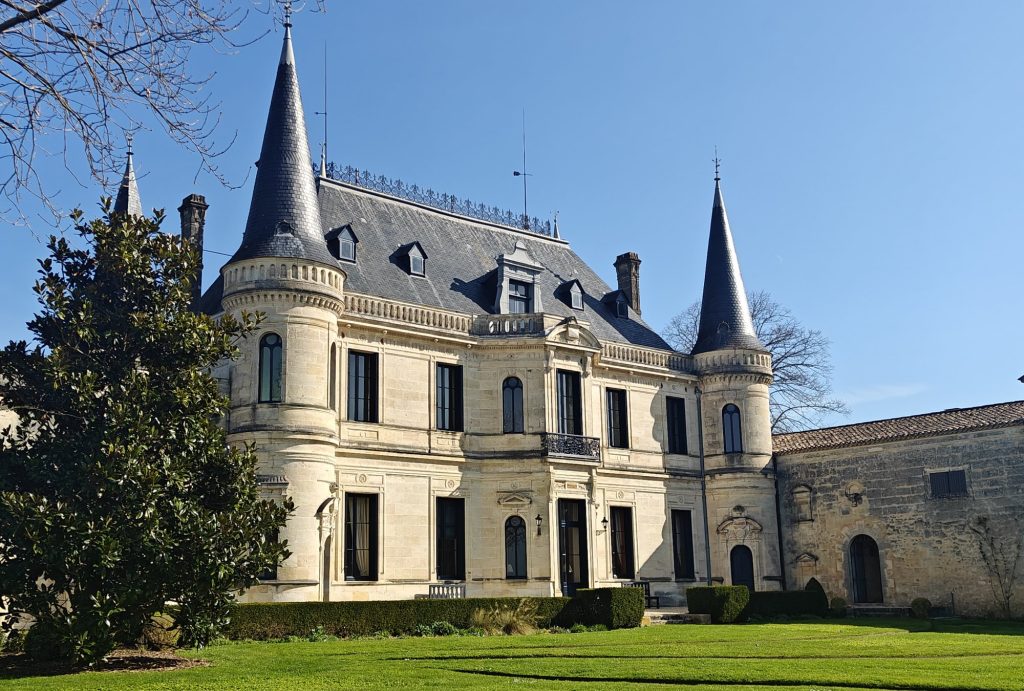
Medieval monasteries and cathedrals developed vineyards. The monks of the Cistercian order at Citeaux first used oak barrels to age the best Burgundy wines. Viticulture spread through France through agreements between landowners, which allowed growers access to uncultivated land to plant vines. Thanks to the British, the Irish, and the Dutch, wine became France’s main export product in the Middle Ages.
France became the undisputed champion of wine in the 20th century in terms of organizing and harmonizing wine production. Having been plagued by widespread production fraud and later phylloxera, France developed the appellation system to protect wine producers, growers, and production.
Regulation ensures compliance with rules and standards that have shaped the world of wine. The production of quality wine, particularly ‘fine wine,’ cemented France’s reputation as a world leader in wine.
France’s geographical position has historically allowed it to produce balanced wines from a broad range of grape varieties grown in distinctive climates, whether in the Mediterranean climate in Southern France or the continental climate of Burgundy, Alsace, and Champagne.
Despite greater rainfall on the Atlantic flank, including Bordeaux, relatively high latitudes are tempered by the influence of the Gulf Stream. Rivers such as the Loire, France’s longest river, which spans more than 1,000 km, have a cooling effect on viticulture.
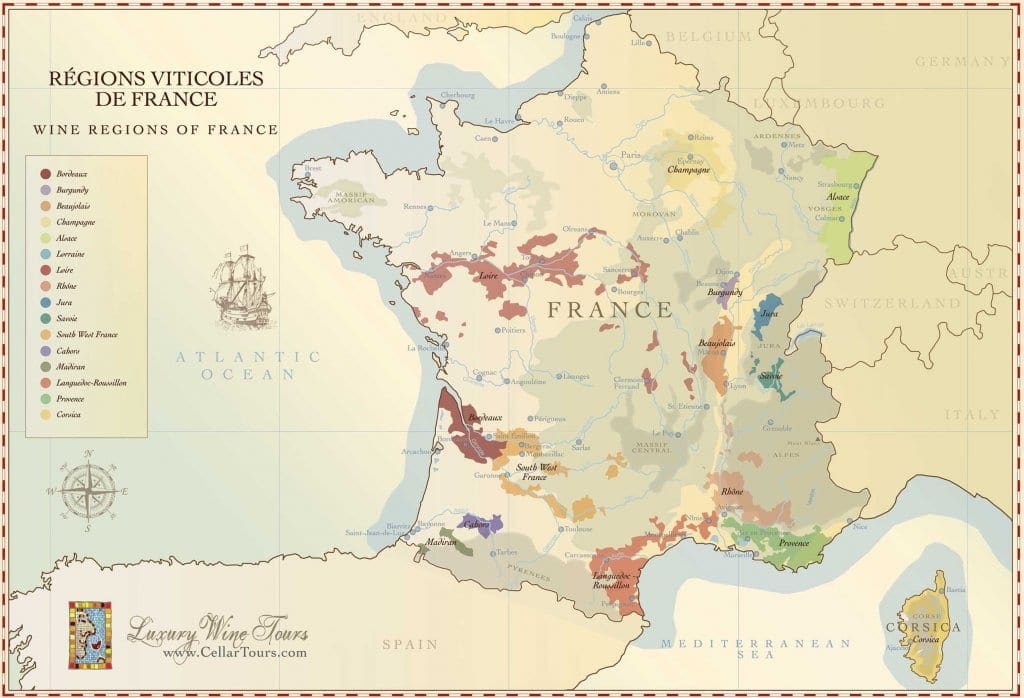
France is home to the world’s best-known grape varieties, such as Chardonnay, Pinot Noir, Cabernet Sauvignon, Merlot, Sauvignon Blanc, and Syrah. Cabernet Sauvignon, used in Bordeaux blends, and Chardonnay, used to make Champagne and white wine in Burgundy, may be the most widely known grapes. However, Merlot and Ugni Blanc, a white variety mainly used to make Brandy, are the most-planted varieties. Grenache and Syrah stand in the third and fourth positions in terms of volume ranking.
Curious About French Grape Varieties? Learn more
The word ‘restaurant’ stems from the verb’ restaurer,’ which means to restore. By the 18th century, ‘restaurant’ was a broth or where you went to have broth (soup) to restore your health. Wine was also known for its ability to raise one’s spirits. In the 19th century, with the advent of food critics, the notion of pairing came into play.
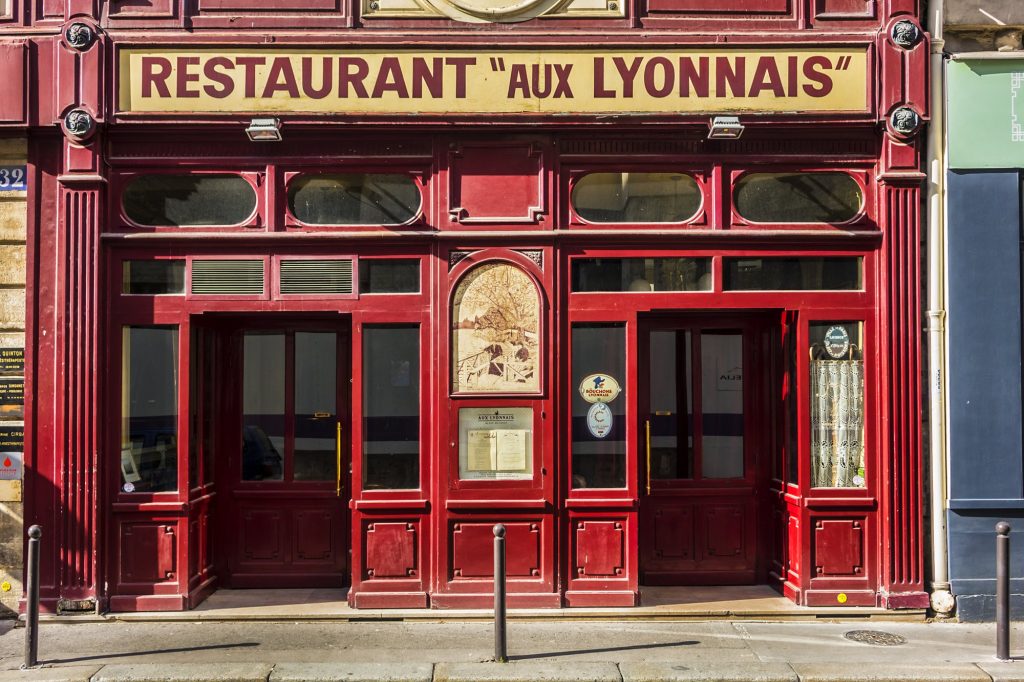
The ideas of French gastronomy and pairings were first epitomized in Jean Anthelme Brillat-Savarin’s Physiologie du goût (The Physiology of Taste) of 1825; the writer coined the phrase:
‘Tell me what you eat, and I’ll tell you what you are.‘
The days when you’d see French farmers quaffing red wine in the morning at the village café appear to have vanished. Wine consumption has dramatically fallen in recent decades.
Still, the tradition of drinking wine with meals and pairing French cuisine with appropriate wines remains a cherished national pastime, deeply ingrained in French culture.
One aspect of wine and food pairing is color-matching. For example, a spicy red sauce in a fish stew goes perfectly well with Maison Ventenac’s Le Paria, a peppery, fresh, and juicy, organic red Grenache wine.
Explore our Complete Article: French Food and Wine Pairing
By the late 19th century, widespread adulteration and fraud were common in most French wine regions. Beginning in the 1920s, France took steps to protect the quality of wine production. A protectionist classification system based on appellations was adopted to regulate and control production and ensure provenance and quality levels.
A 1919 law delimiting wine-growing regions introduced the reference to ‘Usages locaux,’ or local customs. The civil courts recorded and verified the protection of the right to an appellation of origin by ‘the origin of the product or local, loyal and constant usage.’
For all the details on classification, read on here:
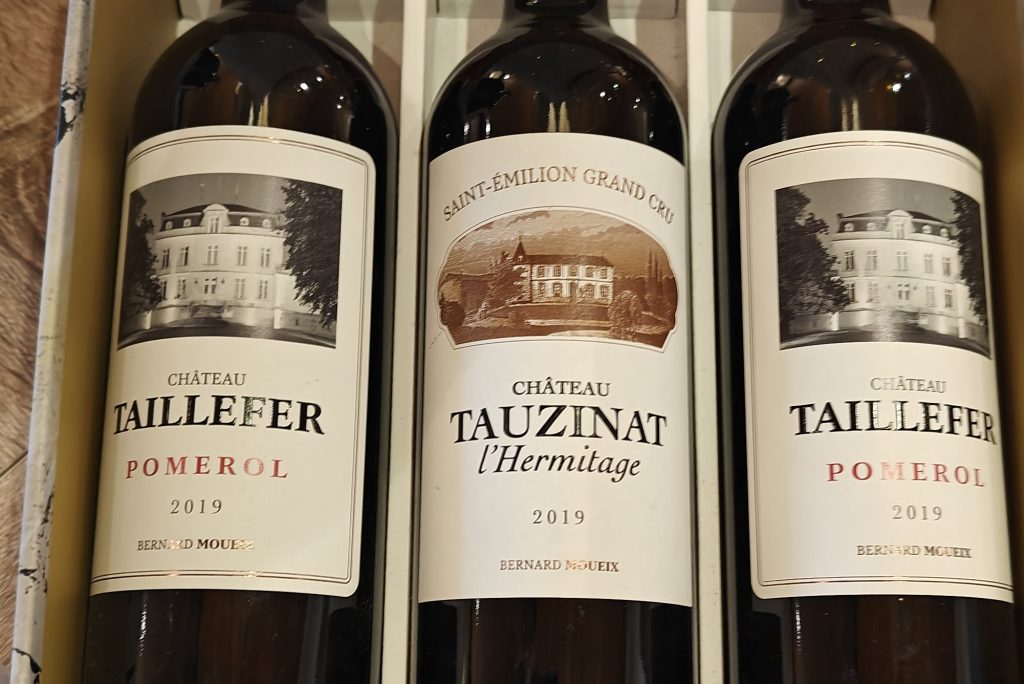
Labels are key to knowing where the wine was made and by whom. French wine labels have historically centered on the wine’s origin rather than listing the grape varieties. Bottle labels include classifications such as Grand Cru, Premier Cru, and regional designations, which aim to guarantee wine production and the ‘where and what’ the wine corresponds to in the pyramid of quality levels.
However, in recent years, French wine labels have undergone significant change. Consequently, labels have embraced modernity, with grape varieties and wine descriptions often found on back labels. Another modern addition is that QR codes provide more information on calories and some ingredients, but not all processes.
Read our Complete Guide: Understanding French Wine Labels
French savoir-faire in wine production is a key part of the country’s culture, with wine celebrated at the table as part of a way of life. Indeed, what you eat and drink ranks high in terms of culture in France, where wine is deemed essential — not merely in terms of the pleasure it may bring but also in terms of its value, in philosophical and spiritual terms.
No wine region makes as much fine wine as Bordeaux, France’s key red wine region in production volume. Bordeaux wine is typically made of Cabernet Sauvignon, Merlot, and Cabernet Franc blends. Traditionally aged in French oak barrels, Bordeaux wine producers have been diversifying production and aging methods in recent years, incorporating amphora, demi-johns, and concrete eggs.
🍇Main Red Grapes: Cabernet Franc, Cabernet Sauvignon, Carmenère, Malbec, Merlot, Petit Verdot
Home to the most prized and expensive elegant red bottles of Pinot Noir, Burgundy is where the notion of terroir rings true, with its thousands of small vineyard plots.
🍇Main Red Grapes: Gamay, Pinot Noir
Learn More About the Key French Red Wine Regions
Burgundy whites are renowned for their complexity and ability to evolve with age; fine white Chardonnay wines find their quintessential home in Burgundy.
🍇Main White Grapes: Aligoté, Chardonnay, Pinot Blanc, Sauvignon Blanc
The valley is home to the famous Sauvignon Blanc wines and the increasingly popular Chenin Blanc used in still and sparkling wines.
🍇Main White Grapes: Chenin Blanc, Melon de Bourgogne, Romorantin, Sauvignon Blanc
Riesling is the King grape of the hills of Alsace, where traditionally, ‘noble’ grape varieties include Muscat and Gewurztraminer, made in various dry and sweet styles. The white grape Sylvaner can only be produced in the Zotzenberg Grand Cru vineyard.
🍇Main White Grapes: Auxerrois, Gewurztraminer, Muscat, Pinot Blanc, Pinot Gris, Riesling, Sylvaner
When you think of French Rosé, you may think of Provence. Located in southern France, Provence is the most widely known French wine region for dry rosé wines, accounting for 40% and 45% of rosé production in France.
🍇Main Grapes: Cinsault, Grenache Noir, Syrah
This historic Grand Cru appellation near Avignon in the Rhône is known to produce France’s finest rosé wine, which is rich in aromatics, weight, and texture and usually more complex than Provence rosé wines.
🍇Main Grapes Used: Bourboulenc Blanc, Clairette, Clairette Blanc, Cinsault, Grenache Blanc, Grenache Gris, Mourvèdre
Produced in the Loire subregions of Anjou-Saumur and Touraine, it is renowned for dry and relatively light rosé wines. They offer citrus, apricot, and occasionally exotic flavors and aromas.
🍇Main Grapes Used: Cabernet Franc, Cabernet Sauvignon, Gamay, Grolleau, Grolleau Gris, Pineau d’Aunis, Pinot Noir
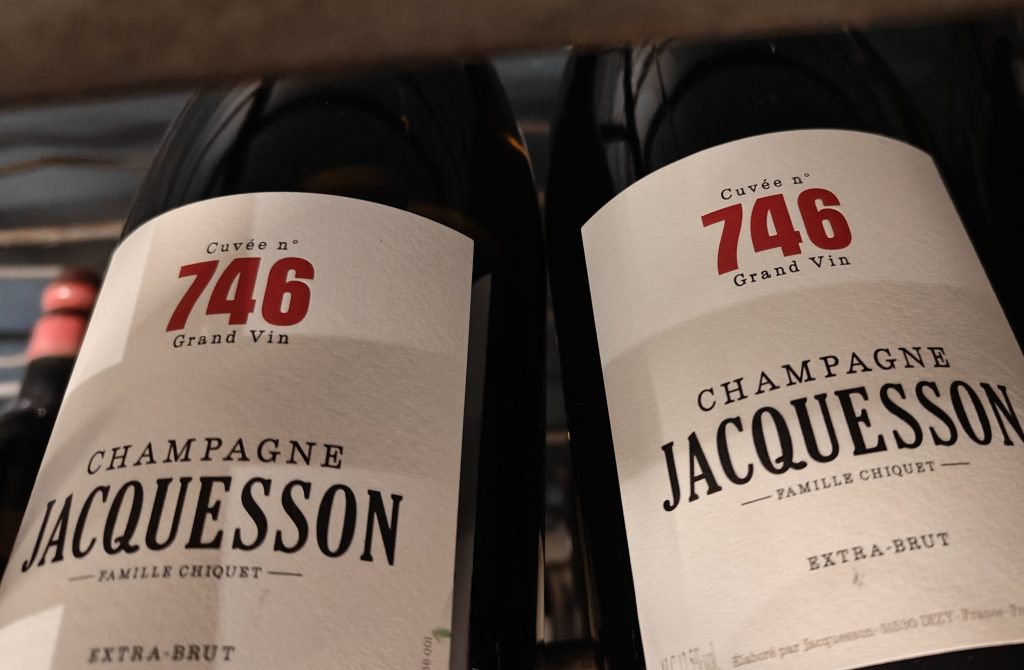
Is there a more famous style of wine than Champagne in the world of wine? A powerful name that, to many people – mainly due to marketing efforts – is rightly or wrongly synonymous with quality and celebrations. Champagne is a name fiercely protected by the Champagne Wine Board and its army of lawyers.
One of France’s best-known and most protected wines and appellations, Champagne, is typically made from grapes grown across the region. The base wine is blended (assemblage) by the Champagne house’s ‘Chef de cave’ cellar master.
Champagne is made from Chardonnay, Pinot Noir, and Pinot Meunier grapes using the traditional method ‘Méthode Champenoise,’ which includes secondary fermentation of the wine in the bottle. Machine harvesting of grapes is prohibited. Although it is usually drunk as an aperitif before meals, Champagne can be drunk throughout meals.
A Deeper Look Into the World of Champagne:
Disease-resistant grapes are gradually making headway in key French wine regions as France grapples with low yields due to uncertain weather and climatic conditions. France’s appellation system is a key pillar of its wine industry, protecting producers and ensuring quality production; the system has increasingly come under fire from rebel producers fed up with its restrictive nature regarding production methods, administrative controls, and the burden of paperwork.
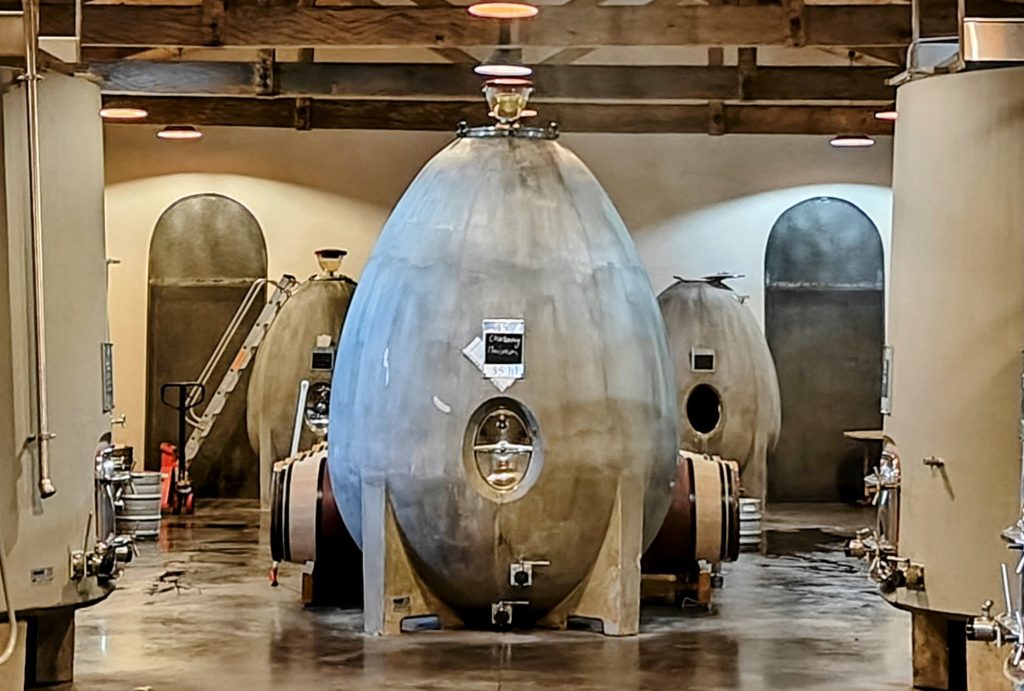
Many producers have opted out of local appellations and are producing wines under the Vin de France designation, providing them greater freedom regarding innovation and production methods. French researchers and companies are constantly looking at new ways of adapting to climate change using AI. France has been at the center of new trends, including the production of natural and organic wines, despite its widespread use of synthetic chemicals in vineyards.
There is no better way to enjoy, understand, and see the changing scene in French wine regions than to visit them. In France’s spacious countryside, treasured historic estates and vineyards are increasingly being made accessible to tourists. Once wine producers and top estates were reticent to open their doors, increasing numbers have changed, making it easier for wine tourists to savor France’s sumptuous heritage of wine and cuisine.
* Together with my own personal experiences, here are sources used for French Wine Labels
If you would like us to customize an exclusive luxury tour, contact us and let us know your travel plans. We offer luxury food and wine tours for private groups of a mininium two guests. In addition, all of our private, chauffeured tours are available year-round upon request.

